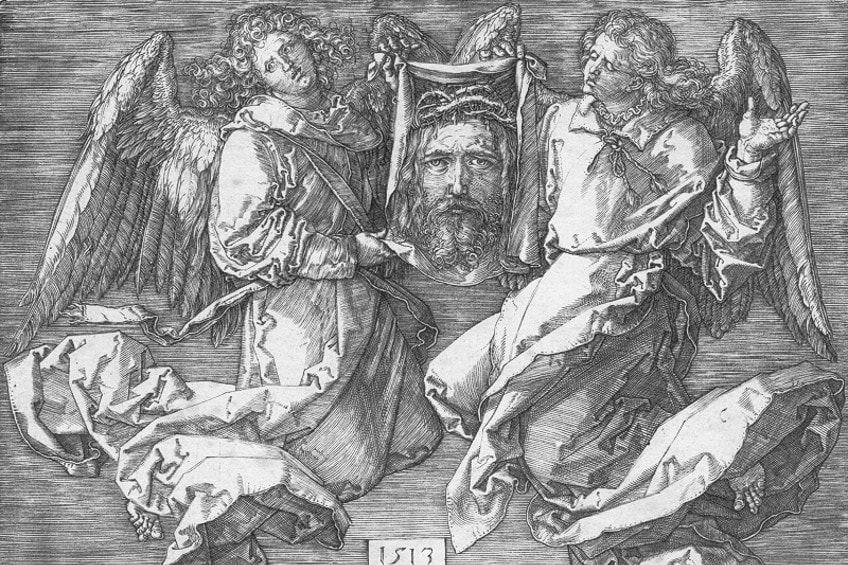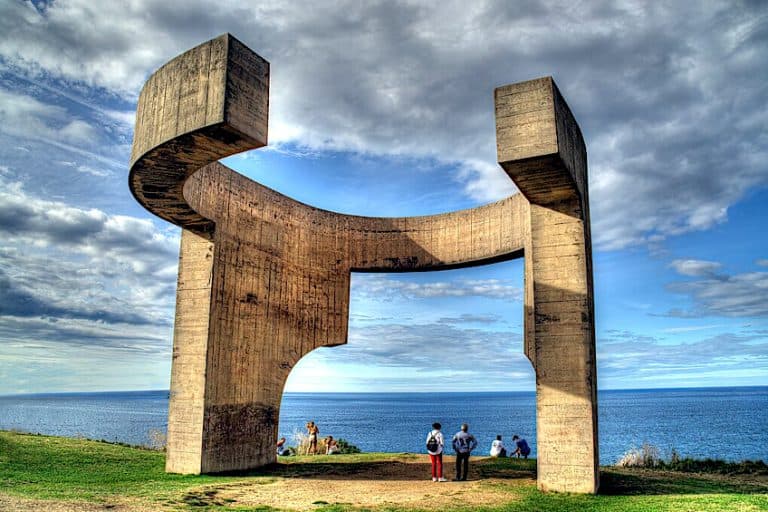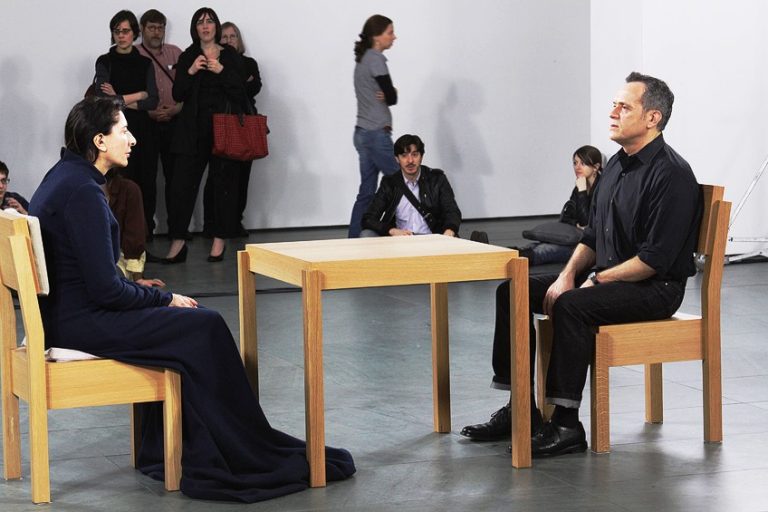Rendering Art – The Different Styles of Artistic Renderings
What is rendering in art and can anyone learn how to render art? The rendering art definition might vary depending on the medium used. Art rendering comes in many forms – from using a basic pencil to the latest computer software. Today we will explore the various ways that we produce rendered art.
An Introduction to Rendering Art
The various methods to achieve artistic renderings are numerous and differ from what is a rendering in digital art, to what is a rendering in traditional art. The rendering art definition could be described as an interpretation or rendition of an object or a place artistically – most likely in a different form from the source image. What is rendering in digital art though?
Digital vs. Traditional Rendering
Rendering, also known as image synthesis, is the act of using computer software to generate a realistic or non-realistic picture from 2D or 3D modeling. The word “rendering” can also refer to the activity of computing effects in a visual editing tool to generate the finished video output.
The process by which a computer system systematically examines data from a coded source of data in order to turn that information into and show a picture is referred to as visual rendering.
In other words, it’s a process that transforms the original material into the final image or video. About drawing, rendering is the technique of producing the effects of the light, shadow, and source of light in drawings to produce contrast. Line drawings are improved by rendering. Crosshatching, hatching, scribbling, and stippling are the four primary rendering methods. Rendering provides architectural designers with an inexpensive, rapid, and extremely effective technique to explore concepts.

Most construction designers strongly advise having a render created. Three-dimensional rendering design software has transformed the way architects and engineers create structures. It aids in the sale of an idea, expedites concept approval, and detects any design flaws all through the design phase before it takes physical shape.
Renderings are utilized throughout the industry to explain a designer’s purpose and product functioning; therefore, they play an important part in production and sales.
This technique is greatly aided by the use of 3D renderings. The outcomes are more realistic, allowing clients to see what architects intend at a glance. It provides a much better representation of the final result. Nobody has to guess how a structure will appear based on sketches or instructions.
How to Render Art in Various Mediums
Artistic renderings take on many forms. Rendering is the artist’s approach to depicting a building or an item in conventional art forms. It comprises shading as well as the use of lighting effects to simulate shadow, reflection, and refraction.
The goal is to improve the drawing’s quality by increasing its look and making it more aesthetically appealing.
Rendering Art with Traditional Mediums
Graphite pencils are available in a variety of grades, including soft black, hard, hard black, and firm. When drawing, it produces dark and soft strokes or more firm and precise lines. Ballpoint pens generate a clear, succinct line, allowing for more fluid sketching or shading experience. It is the most available instrument for many artists, and if you need to depict a topic quickly, this is always available.
Watercolor is a flexible media that may be used on wood, cloth, paper, or canvas. Prismacolor is available in a variety of hues that produce softer and more delicate drawings.
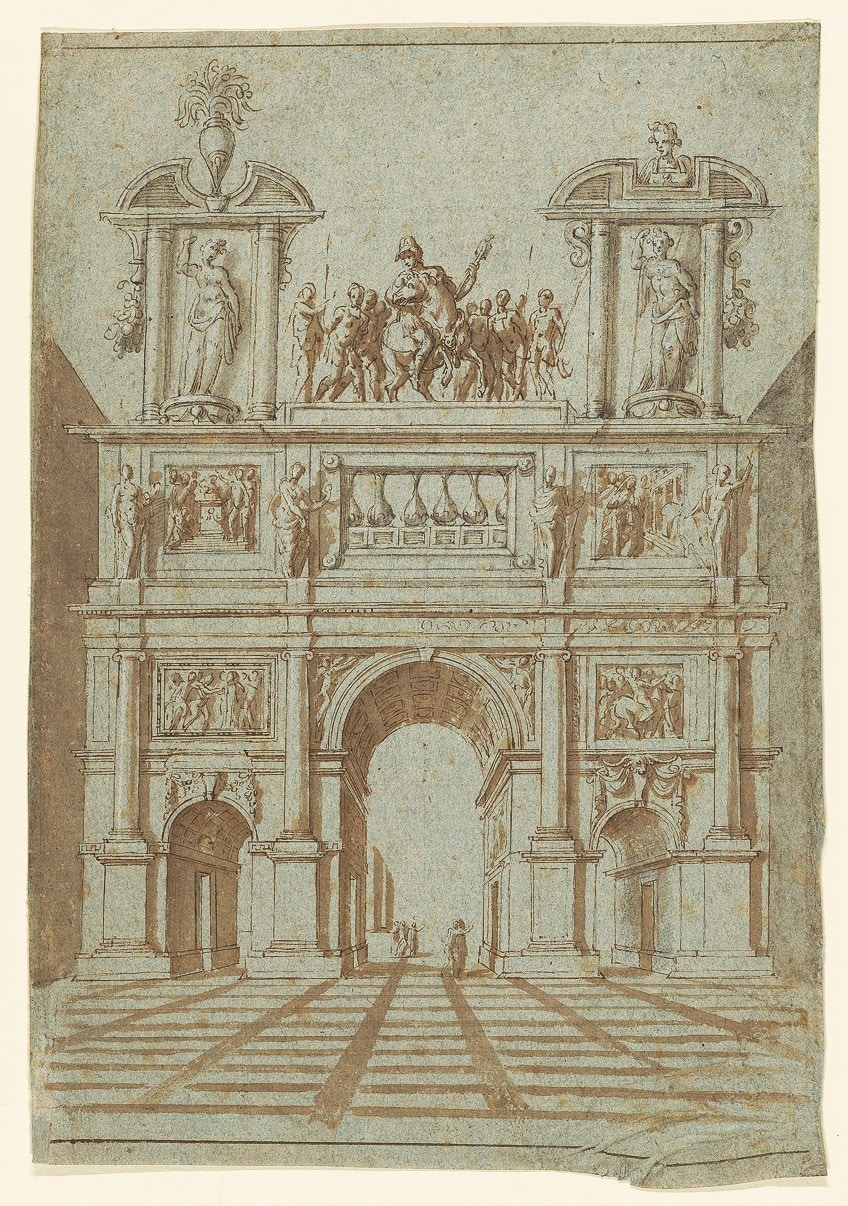
With its dark and deep tones, a charcoal pencil is ideal for smearing as well as sketching. Also, this tool is better suited for tiny details, and if you like a deeper tone, this is the tool to use. Oil painting is another versatile medium that is malleable and dries gradually, making it an artist’s preferred tool since it can be worked with for hours without drying.
Willow charcoal is a gentler and more fragile kind of charcoal that is used for drawing due to its ease of erasure.
Hatching, Stippling, and Scribbling
Hatching is accomplished by drawing equally spaced parallel lines in only one way. As you complete the pattern, the space should become tighter. It will colorize your image while also adding a bright and dark quality to it. When you use hatching in one section of your drawing, it seems darker or has shadows, whilst other regions are highlighted.
Cross-hatching is a technique in which an artist places another hatch marking on top of the first hatch mark.
It will assist in darkening and changing the thickness of the hatchings. This approach produces a richer look and is used in a straight line. Alternatively, follow the contour or curve of the topic. Weaved hatching is a technique that combines parallel markings with short sets of parallel marks in the opposite direction. The additional hatching will occur perpendicularly to create the illusion of woven fabric or a basket motif. Some people believe that scribbling is a bad habit for adults, yet it is the finest approach for art aficionados to enhance their sketching talents.

Scribbling is another method of representation in which artists shade a drawing using scribbles. It is employed to provide depth and textures to the drawing. Scribbling is a fun practice employed by artists since it is fast and requires no clear direction. It is made out of random and abstract lines, with scribbles repeated around the item outline. It is not neatly sketched, and the theme is formed at random. A person who wishes to draw a design may frequently employ circular scribbling to vaguely portray a pattern or rapidly fill up a drawing.
Stippling is for people who have the patience to produce innumerable small dots on paper, as it takes hundreds of points to paint an area.
The dots will aid to darken the topic, and if you want a lighter portion, use fewer dots with intervals in between. Stippling adds texture to the design, generates shadows, and makes the item look closer. A novice can use this approach since the strange dots do not spoil the artwork and the precision is easy to regulate as compared to crafting tiny lines or multiple hatches. It is best to use a pointed pen, colored pencils, paint, or plain pencil for stippling your rendered art.
What Is Rendering in Digital Art?
While rendering is a vital phase in making a digital piece, many artists avoid it because it appears too complicated and technical to them. This is correct; rendering entails a significant number of math calculations as well as other elements that need more knowledge and preparation. However, if you approach this procedure correctly and persistently, you, too, can devour an elephant! In this post, we have defined in simple words the most significant aspects of rendering in digital art, so that you may be confident that this procedure is not frightening.
Rendering in the digital realm is the final phase of digital pictures, animations, or the 3D model process.
Rendering software enables you to see the model and build the final picture based on it. Colors and tints, surfaces, varied textures, shadowing, and special effects are placed on the image at this stage, giving the digital work dimension and emotive traits. Furthermore, when it comes to generating static digital art, rendering entails both a software-assisted procedure and a manual step in which the artist finalizes the picture by hand.

Although, as previously said, rendering is not a straightforward tool, contemporary rendering software packages make this procedure as simple as conceivable for even the most technically challenged artists. Rendering, by the way, is a tool that is used by people other than artists. It is widespread in various areas like design, architecture, film, and video games. During the rendering step, the render engine examines the 3D scene mathematically and converts its info into a two-dimensional image by merging information about each pixel’s color value.
Rendering often includes shading, texturing, blurriness, and other effects.
Ray Tracing, Shading, and Scan Lines
Ray tracing is a technique for simulating natural light by employing an algorithm to monitor the course of a sunbeam in the actual world. This method contributes to the appearance that virtual rays, like actual ones, bounce off things and form shadows. The Shading technique is used to compute color, brightness, and texture under various lighting circumstances.
Shading allows for light dispersion and refraction, blending of many lighting sources, reflectivity and absorption, and so on.
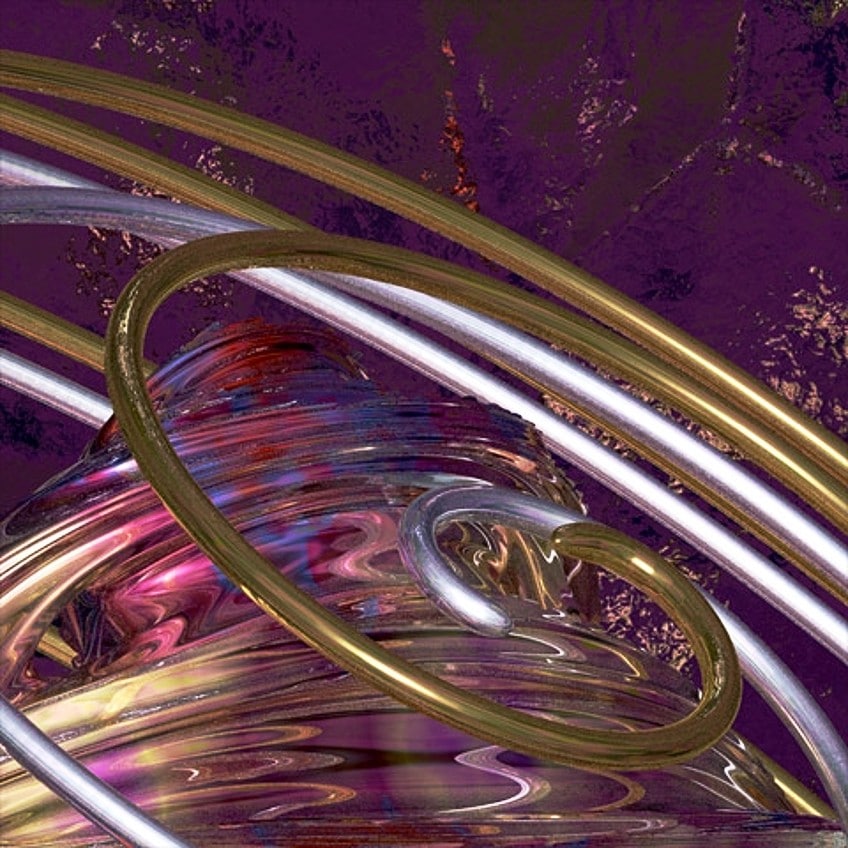
Scanline allows you to create a picture very rapidly because the computation is not pixel-based – only big regions that lie inside the camera’s field of vision are processed. Because it does not provide dynamic lighting effects, this approach is unsuitable for dynamic situations. Radiosity is a method that is based on a careful investigation of reflecting light from diffused surfaces.
This approach presumes that each pixel has its own color and can emit and absorb photons. Radiosity is a difficult process, yet it produces high-quality images.
Software for Art Rendering
There is a plethora of rendering software available since rendering is a standard tool in many sectors. The graphics engines that handle the actual rendering operation are usually integrated into more complicated 3D modeling tools, however, there is plenty of software created just for rendering. Some are used for a variety of functions, while others are solely intended for certain uses, operating systems, and industries.
The 3Ds Max application is appropriate for any purpose linked to the 3D industry.
The application, which is compatible with Microsoft Windows, provides sophisticated capabilities for artists, designers, architects, and other digital industry insiders. The major advantage of 3Ds MAX is that it supports all available scripts and plug-ins, allowing you to add the functionalities you want. Blender is a 3D graphics software that is free and open source.
The application covers all of the graphics pipeline procedures, that is, the phases required for the entire rendering of a three-dimensional picture, and is compatible with a broad range of operating systems. Blender is distinguished by its fast rendering rate, compact size, and numerous features.
Maya is a strong 3D modeling program that is also popular among film and gaming creators due to its capacity to generate high-quality virtual worlds and special effects.
Maya is well-known for its extensive set of texturing and animation tools, as well as the ability to employ a range of plug-ins and functionality such as interactive render and sculpting instruments. Digital art is a multi-stage procedure that necessitates not only artistic and intellectual components but also in-depth technical expertise, particularly rendering comprehension. The ultimate appearance of a work of digital art is determined by rendering, particularly in 3D modeling and animation.
With that, we wrap up our look at the various kinds of art rendering. Rendered art can refer to how we complete any kind of artwork, from pencil drawings to digital works. You may be given a job or a commission to draw something in pen, marker, or watercolor. Rendering is a phrase used by architects, artists, technical illustrators, and others. We hope this guide inspires you to go and create your own artistic renderings in one of the ways described in the article.
Frequently Asked Questions
What Is Rendering in Art?
Interpretations, translations, or drawings are examples of renderings. Rendering is an instance of envisioning how an artist would perceive a scene, a completed building, bridge, or other structure as envisioned by an architect This suggests that the piece of art is striving to portray something other than its origin or maybe something outside of itself. An iconic method of representation is based on a symbol or concept.
What Is Rendering in Digital Art?
A rendering software tool is capable of creating a lifelike or non-photorealistic image based on a 2D or 3D object. The process of producing the final image is known as rendering. Renderings are related to the notion of an artist’s rendition of a scene. Renderings are an important aspect of video games, animation movies, cinematic special effects, and graphic visualizations.
In 2005, Charlene completed her Wellness Diplomas in Therapeutic Aromatherapy and Reflexology from the International School of Reflexology and Meridian Therapy. She worked for a company offering corporate wellness programs for a couple of years, before opening up her own therapy practice. It was in 2015 that a friend, who was a digital marketer, asked her to join her company as a content creator, and this is where she found her excitement for writing.
Since joining the content writing world, she has gained a lot of experience over the years writing on a diverse selection of topics, from beauty, health, wellness, travel, and more. Due to various circumstances, she had to close her therapy practice and is now a full-time freelance writer. Being a creative person, she could not pass up the opportunity to contribute to the Art in Context team, where is was in her element, writing about a variety of art and craft topics. Contributing articles for over three years now, her knowledge in this area has grown, and she has gotten to explore her creativity and improve her research and writing skills.
Charlene Lewis has been working for artincontext.org since the relaunch in 2020. She is an experienced writer and mainly focuses on the topics of color theory, painting and drawing.
Learn more about Charlene Lewis and the Art in Context Team.
Cite this Article
Charlene, Lewis, “Rendering Art – The Different Styles of Artistic Renderings.” Art in Context. August 25, 2022. URL: https://artincontext.org/rendering-art/
Lewis, C. (2022, 25 August). Rendering Art – The Different Styles of Artistic Renderings. Art in Context. https://artincontext.org/rendering-art/
Lewis, Charlene. “Rendering Art – The Different Styles of Artistic Renderings.” Art in Context, August 25, 2022. https://artincontext.org/rendering-art/.


